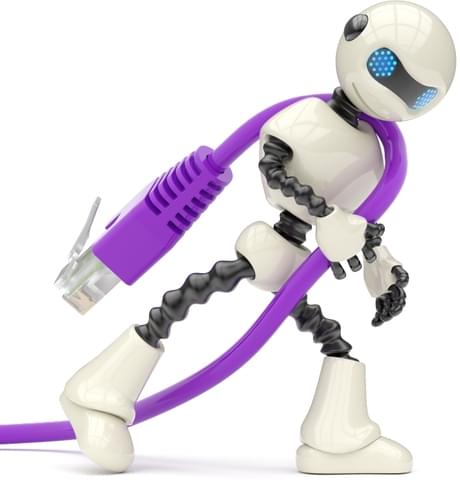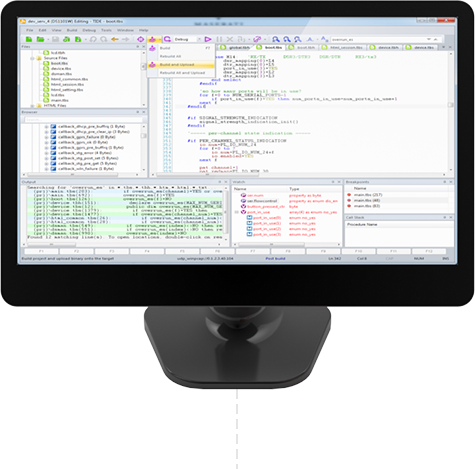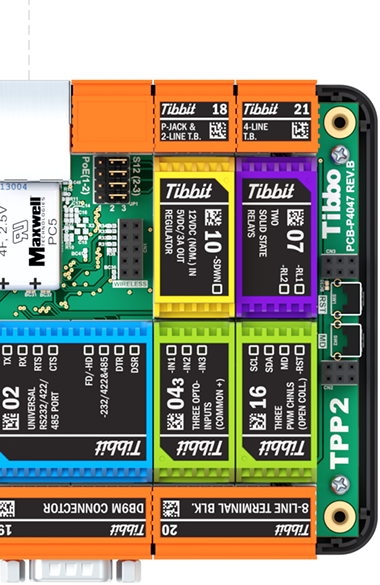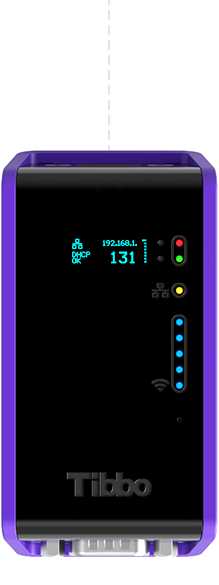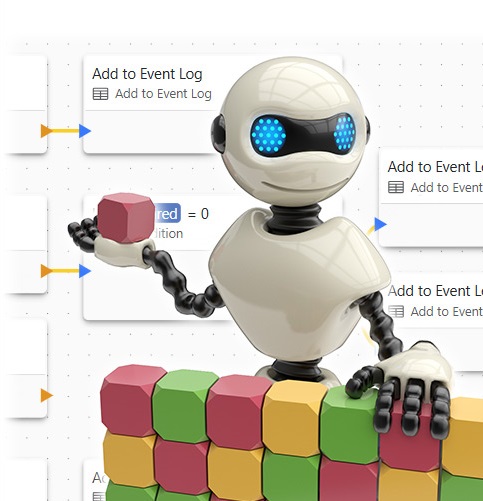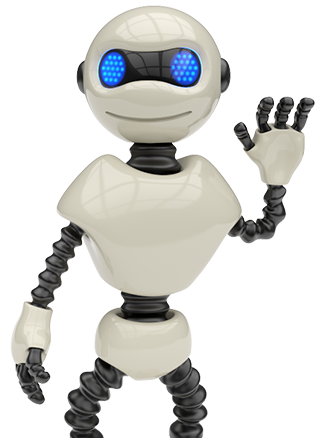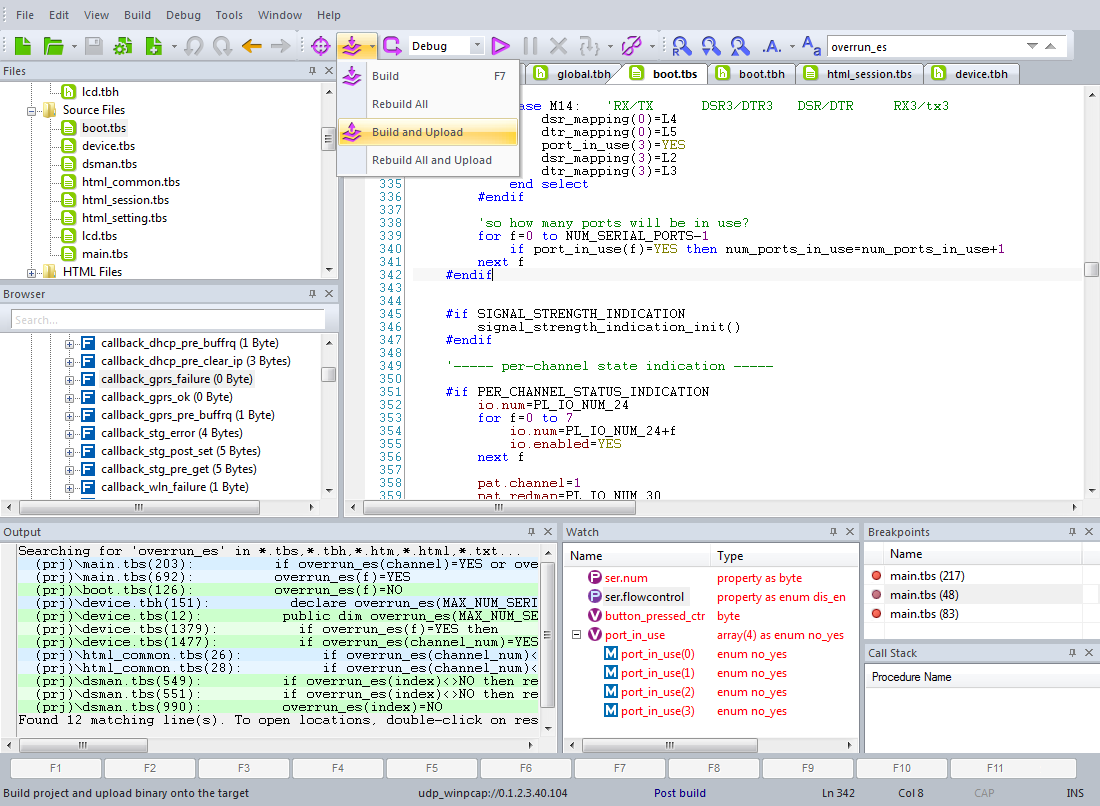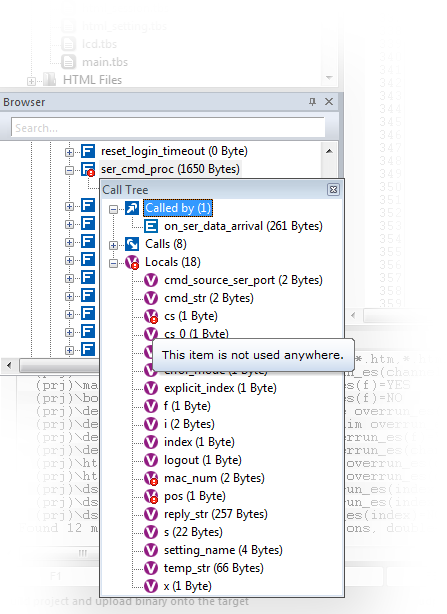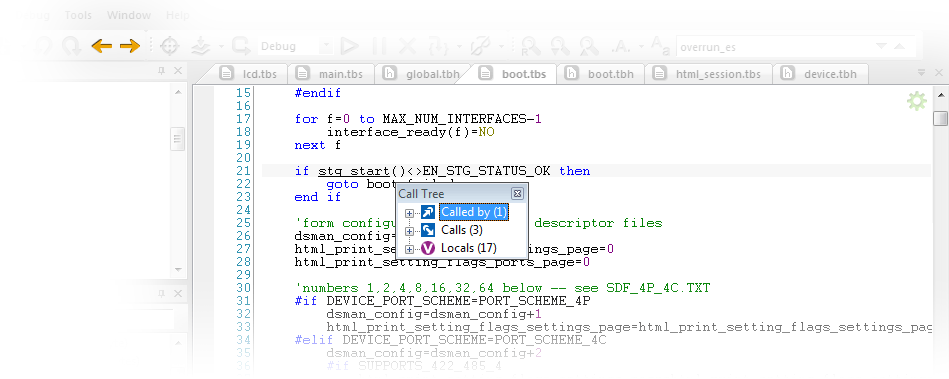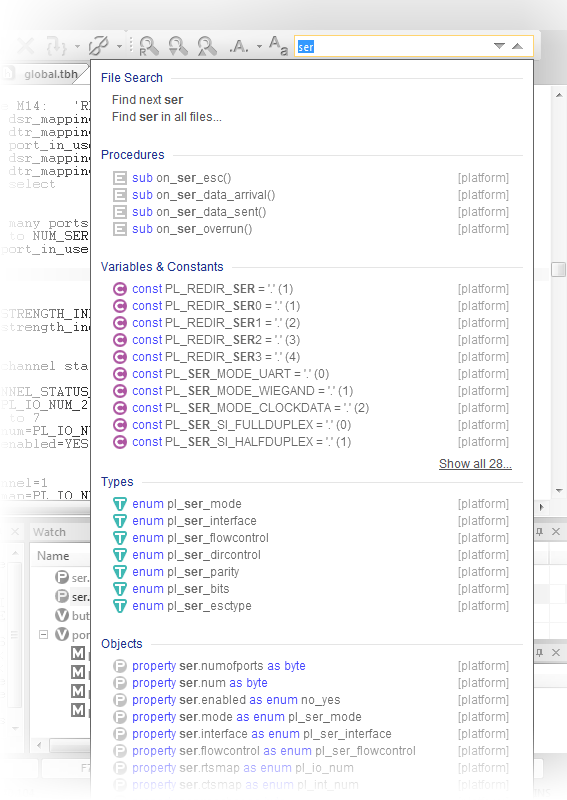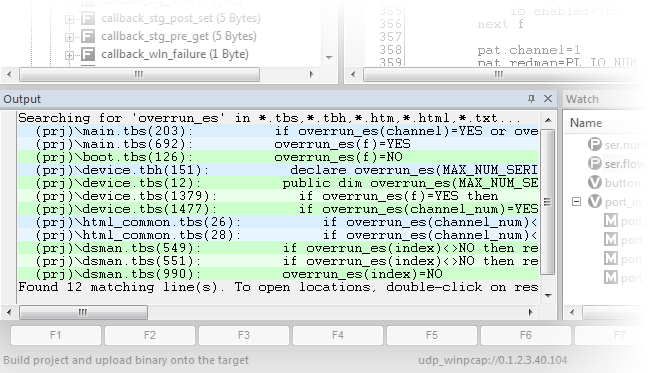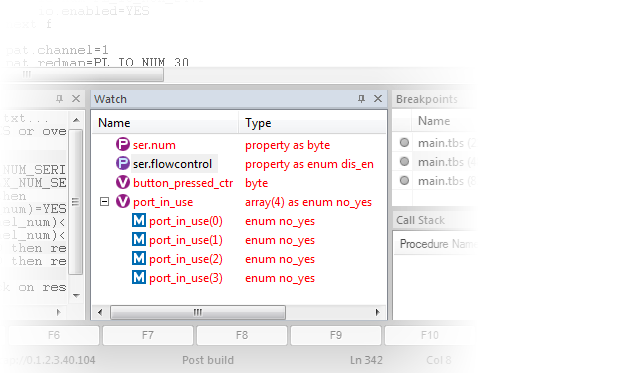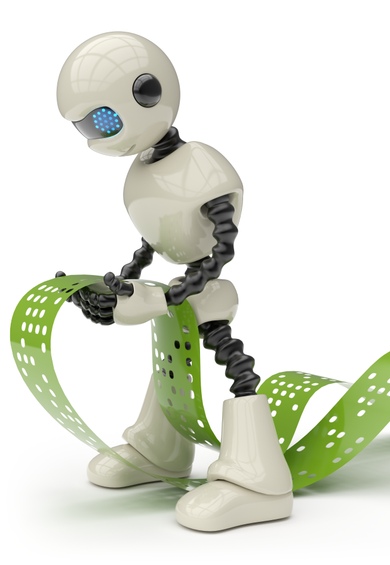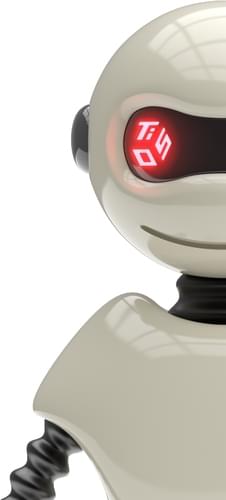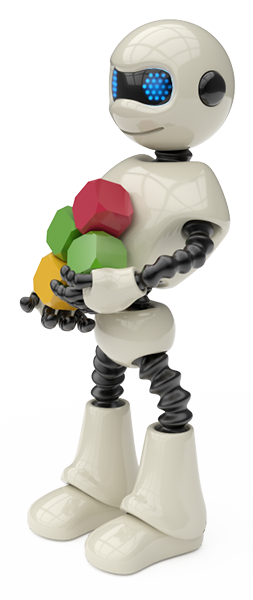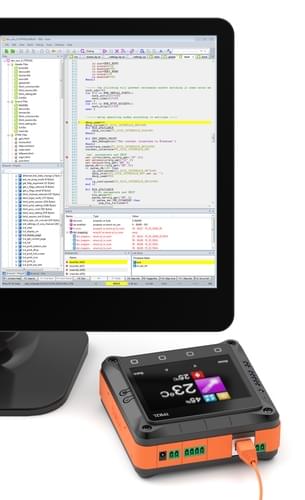Right from Tibbo's inception in 2001, our mission statement has been...
...To provide the hardware, software, and tools that
streamline the creation of IoT devices*.
Tibbo is the whole IoT widget company. We provide:
- A line of easy-to-use programmable controllers, boards, and modules
- Lightweight, ultra-reliable, and hacker-proof Tibbo Operating System (TiOS)
- High-level Tibbo BASIC and Tibbo C programming languages
- Tibbo IDE (TIDE) development software featuring network debugging
- AppBlocks — our no-code code generator — and other online tools
In combination, our offerings help eliminate much of the undifferentiated heavy lifting associated with developing IoT devices and systems.
In contrast to hobbyist-oriented platforms like Arduino, Tibbo hardware and OS deliver professional-grade reliability and are ideally suited for:
- The Industrial Internet of Things (IIoT) products
- Distributed control and data collection systems
- Industrial automation devices
* Of course, there was no "IoT" back then. Everyone used the term "embedded devices" instead. Tibbo entered the IoT business long before the term "IoT" was coined.







